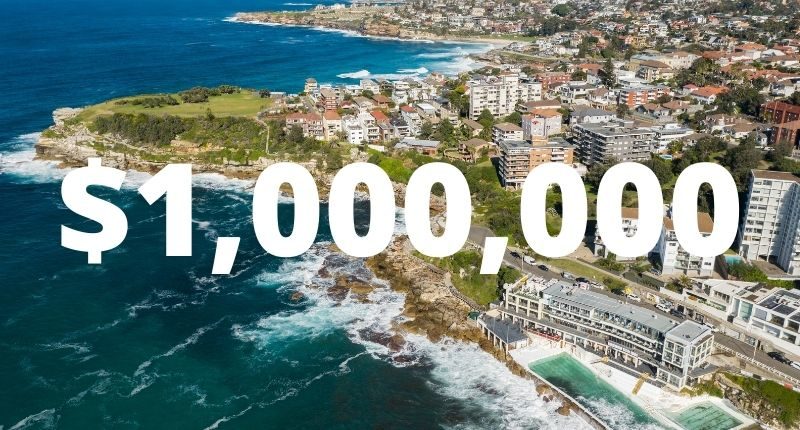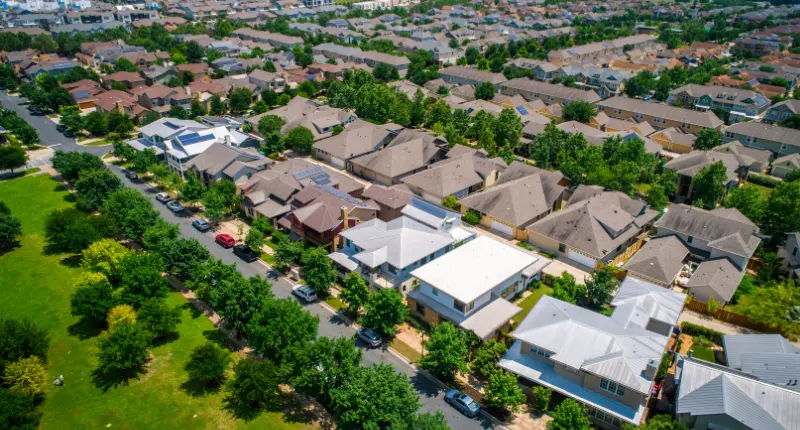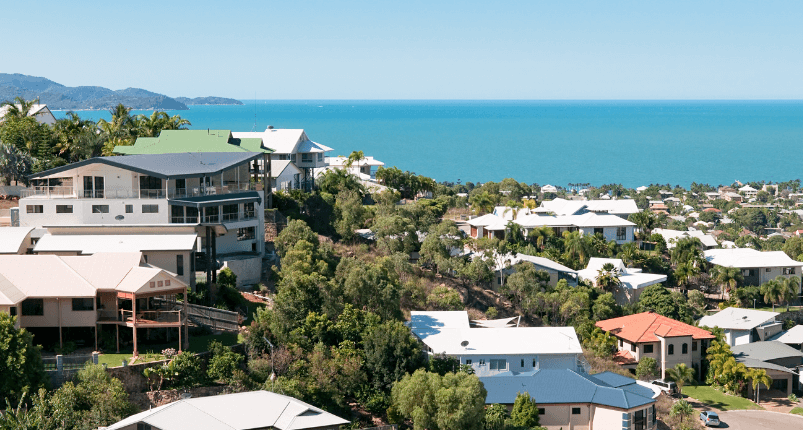- Property prices grow despite low wage growth
- 55% of suburbs analysed in NSW have seen house prices increase higher than household income
- Two suburbs in Sydney have seen the gap between house prices and income increase $1M+
Despite a recent slowdown in house price growth, prices are still rising across the land.
Wage growth has not been able to keep up, which one might think is extraordinary given unemployment hit a 12-year low of 4.6% during July, and may now be considered at the ‘full employment’ level. However, underemployment (people working part-time, who would prefer full time) increased slightly, so that may be having a dampening effect.
The RBA has already made it clear they will not be raising interest rates until wage growth is in line with their 2%-3% target band. They don’t see this happening until 2023 or 2024.
House prices outstripping wages
While homeowners may be ‘feeling wealthier’ as house prices surge, those wanting to get into the market are increasingly being priced out.
Indeed, in some suburbs, property prices have increased by more than the annual household income, which puts those out of the market even further behind.
This result has come from an analysis of the median weekly household data, recorded during the 2016 census in line with the ABS Wage Price Index.
In New South Wales, 55% of suburbs have seen house prices increase higher than household income, followed by 42% of houses in Tasmania and 35% in Victoria.
In Western Australia, this is only applicable for 7% of suburbs – property in Perth remains relatively affordable (still below 2014 levels), while wages have been on the rise thanks to the resources-driven boom.
Dover Heights and Bronte, both well-known affluent suburbs in Sydney’s east, recorded the biggest difference between the annual change in house prices and annual household income.
Dover Heights recorded a $1.265 million change in house prices over the year with the estimated annual household income for this area being $174,491. Bronte also recorded similar changes. This means property has appreciated by over $1 million more than income.
The top ten
| State | Suburb | Postcode | Region | Annual change in house price | Estimated annual household income | Difference |
| NSW | Dover Heights | 2030 | City and East | $1,265,000 | $174,491 | $1,090,509 |
| NSW | Bronte | 2024 | City and East | $1,220,000 | $153,767 | $1,066,233 |
| NSW | Northbridge | 2063 | Lower North | $1,050,000 | $192,510 | $857,490 |
| NSW | Seaforth | 2092 | Northern Beaches | $925,000 | $194,813 | $730,187 |
| NSW | Mosman | 2088 | Lower North | $875,000 | $145,189 | $729,811 |
| NSW | Bellevue Hill | 2023 | City and East | $850,000 | $166,489 | $683,511 |
| VIC | Somers | 3927 | Mornington Peninsula | $731,750 | $85,175 | $646,575 |
| NSW | Manly | 2095 | Northern Beaches | $786,000 | $140,986 | $645,014 |
| NSW | Palm Beach | 2108 | Northern Beaches | $762,500 | $121,528 | $640,972 |
| NSW | Byron Bay | 2481 | NSW Country | $655,000 | $68,910 | $586,090 |
Source – Domain Price Growth Household Income Research
All of these suburbs are within premium markets both within cities and lifestyle coastal pockets, such as Byron Bay, which has house price gains almost ten-fold that of income. Somers’ house price gain is nine times the income.
“It’s clear there is a strong demand for space in our cities and lifestyle regions,” said the report.
“This is evident in the flow of residents from our capitals and into regional lifestyle locations.
“As well as keyword searches placing importance on particular home amenities or luxury additions that boost our lifestyle and how we use our homes, such as a pool and study.”








